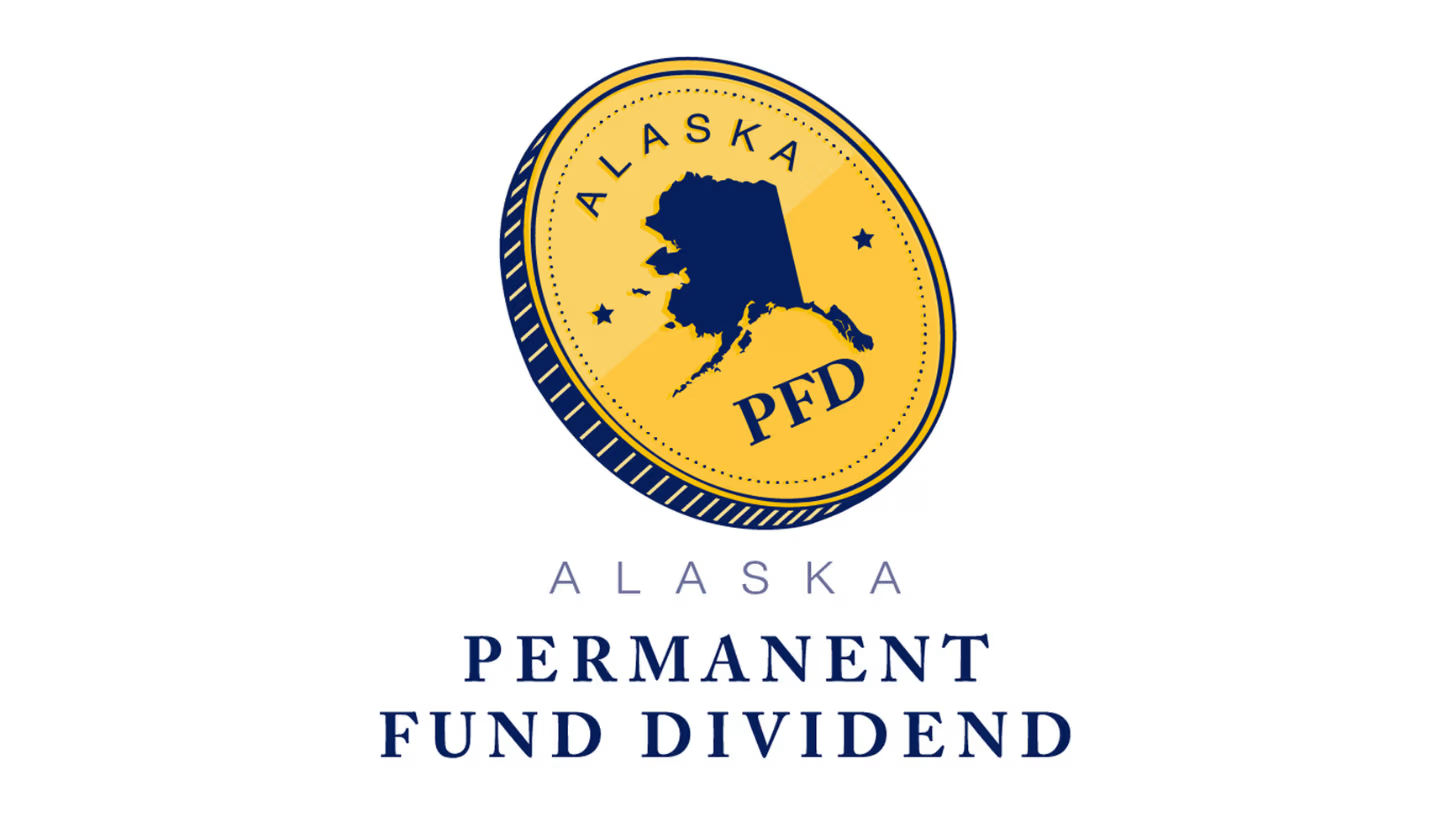Jaro Institute IPO Day 2 subscription status is drawing attention, and if you are an investor or someone curious about the stock market, this blog is for you. I will explain in simple words what’s happening, why it matters, and what you should keep in mind — with examples to make it clear.
What is the Jaro Institute IPO Day 2 Subscription Status?
When a company launches an IPO (Initial Public Offering), it opens up its shares for public investors to buy. The “subscription status” is a measure of how many times more demand there is compared to the shares issued. In simpler words: if the IPO is for 1,000 shares and people apply for 2,000 shares, the subscription is 2×.
On Day 2 of the Jaro Institute IPO, the subscription status tells us how much interest investors are showing compared to Day 1, and which categories (Retail, Institutional, etc.) are doing well.
Jaro Institute IPO Day 2 Subscription Status and Highlights
On Day 2, the Jaro Institute IPO day 2 subscription status stood at 0.91 times overall. That means investors applied for 91% of all offered shares — less demand than supply. Breaking it down:
-
Retail investors (individuals like you and me) subscribed 0.76×
-
QIBs (Qualified Institutional Buyers) got 0.47×, meaning institutional demand was low
-
NIIs (Non-Institutional Investors) had 1.85×, showing stronger demand there
By comparing these categories, we see that non-institutional investors showed more interest than institutions on that day.
To put this into perspective with an example: imagine a small bakery releasing 100 cake boxes for sale. On Day 2, 76 people from the neighborhood (retail) reserved boxes, 47 people from big companies (institutions) reserved boxes, and 185 people from food bloggers or catering businesses (non-institutional) reserved boxes. Overall, 308 boxes were requested, but only 100 existed. In the IPO case, the “boxes requested” divided by “boxes available” givesthe subscription ratio.
Why Subscription Status Matters for Investors
The subscription status gives clues about how well the IPO is being received. A high number (many times oversubscribed) signals strong demand. Investors often assume that a heavily subscribed IPO may list (open for trading) at a premium, giving early gains. But that’s not guaranteed — other factors also matter.
In the Jaro Institute IPO, Day 2’s 0.91× suggests lukewarm interest so far. But IPOs can see a surge in later days.
Also, institutions often drive stability and confidence in an IPO. Because the QIB subscription was just 0.47×, it may raise questions about how institutional investors view Jaro Institute’s prospects.
GMP and Possible Listing Price
Another related concept is GMP (Grey Market Premium). This is the unofficial extra price people are willing to pay before the stock lists. For Jaro Institute, GMP was ₹123 (as of the morning of that day). If the IPO issue band’s upper price is ₹890, then the estimated listing price would be ₹1,013 (i.e., 890 + 123). That suggests expected gains of around 13.82%.
However, GMP is not official or guaranteed — it’s more like market sentiment or speculations. Use it cautiously.
What Jaro Institute Does and IPO Purpose
Jaro Institute (or Jaro Education) is an education/edtech company founded in 2009. They offer online, hybrid, and in-person courses, executive programs, and certificate courses in collaboration with institutions like IITs and IIMs.
By FY25, they had 268 programs and reported revenue of ₹252.26 crore, profit of ₹51.67 crore. The IPO is partly to raise fresh funds and also for existing shareholders to sell some of their shares. The money raised is planned to be used for marketing, repaying some debts, and general corporate purposes.
What to Watch Going Forward
Even though Day 2 saw a 0.91× subscription, the story isn’t over yet. On Days 3 and 4, subscription can pick up. If retail or institutional segments jump, the overall ratio might cross 2× or more.
If you are planning to apply, keep in mind:
-
Don’t rely solely on GMP — always analyze fundamentals
-
Look at the competitive landscape, future growth, and profit trends
-
Be cautious if QIB interest remains low
-
Remember that subscription status is just one signal — not a guarantee of profits



